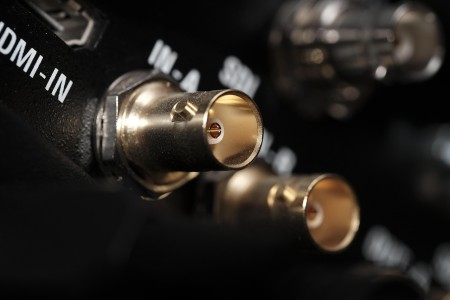In a world filled with constant noise and distractions, finding a moment of peace can often feel like a luxury. For many individuals, particularly those who live in bustling urban environments or work in high-noise occupations, the need for tranquility is paramount. This is where noise-cancelling earplugs come into play, offering a practical solution to mitigate unwanted sound. By employing advanced technology, these earplugs help create a serene auditory environment, allowing users to focus, relax, or sleep better. As we delve deeper into the realm of noise-cancelling earplugs, we will explore their various features, benefits, and applications.
The technology behind noise-cancelling earplugs primarily involves two types: passive and active noise cancellation. Passive noise cancellation works by physically blocking sound waves, utilizing materials that create a seal in the ear canal. This can significantly reduce ambient noise levels. On the other hand, active noise cancellation employs microphones to pick up external sounds and generate sound waves that are the exact opposite, effectively canceling them out. Understanding these mechanisms is crucial for users to choose the right earplugs for their needs.
Comfort is a significant factor when selecting noise-cancelling earplugs. Many users wear them for extended periods, whether during travel, work, or sleep. A well-designed pair should fit snugly in the ear without causing discomfort. Materials like silicone or foam are often used for their softness and adaptability to different ear shapes. Users should also consider the size and weight of the earplugs, as heavier models may cause fatigue over time.
Another important aspect to consider is the level of noise reduction offered by different models. Noise reduction ratings (NRR) provide a standardized measure of how effectively earplugs can block out sound. For example, an earplug with an NRR of 30 decibels can significantly reduce noise levels, making it suitable for use in loud environments like concerts or construction sites. Users should assess their specific needs to select earplugs that provide adequate protection without sacrificing comfort.
For those who travel frequently, noise-cancelling earplugs can transform the experience. Airplane cabins are notorious for their noise, which can disrupt sleep and relaxation. By using earplugs designed for travel, individuals can enjoy a quieter journey. Some models even come with additional features, such as Bluetooth connectivity, allowing users to listen to calming music or white noise while blocking out external sounds.
In the workplace, noise-cancelling earplugs can enhance productivity. Open office layouts, while fostering collaboration, can also lead to distractions. Employees can wear earplugs to create a focused work environment, minimizing interruptions from conversations and office machinery. This can lead to increased efficiency and job satisfaction, as individuals can concentrate better on their tasks.
For students, particularly those studying in noisy environments, noise-cancelling earplugs can be invaluable. Libraries and study halls can become chaotic, making it difficult to concentrate. By utilizing earplugs, students can create a personal bubble of silence, helping them to absorb information and perform better academically. This simple tool can make a significant difference in their learning experience.
Health professionals also recommend noise-cancelling earplugs for individuals who suffer from conditions like tinnitus. Tinnitus can be exacerbated by external noise, leading to increased discomfort. By using earplugs to reduce ambient sound, individuals can manage their symptoms more effectively. It is essential for users with specific health concerns to consult with a healthcare provider for tailored advice on using noise-cancelling earplugs.
While the benefits of noise-cancelling earplugs are clear, users should also be aware of potential downsides. Some individuals may experience a feeling of isolation or disconnection from their surroundings when using earplugs, which can be unsettling. Additionally, not all earplugs are created equal; lower-quality products may not provide the promised noise reduction or comfort. Users should invest in reputable brands to ensure they receive a product that meets their expectations.
As we look to the future, the evolution of noise-cancelling technology presents exciting opportunities for innovation. Research could focus on developing earplugs that adapt to varying noise environments, providing customized levels of sound reduction. Additionally, integrating health-monitoring features into earplugs could offer users insights into their auditory health, further enhancing the user experience.
In conclusion, noise-cancelling earplugs represent a powerful tool for individuals seeking to reclaim their auditory space in a noisy world. Their ability to provide comfort, enhance focus, and improve overall well-being cannot be overstated. As technology advances, the potential for even more effective and user-friendly designs will likely emerge. Future research should explore these innovations while also considering the diverse needs of users across various environments. By continuing to refine and improve noise-cancelling earplugs, we can help individuals navigate their daily lives with greater ease and tranquility.

